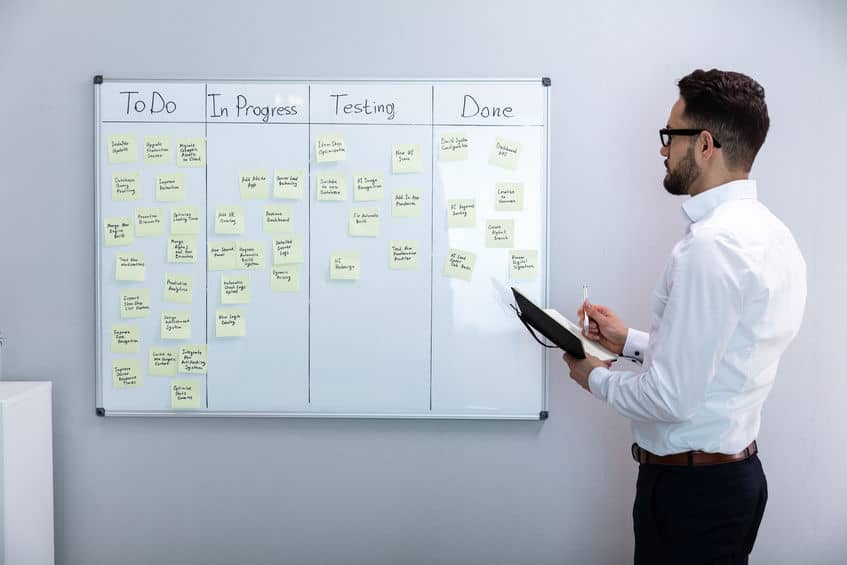
In this age of fast-paced, high-tech living, it’s easy to turn to technology when we need to increase our production. Whiteboards allow you to keep track of important information without the temptation to jump online if you’re using a digital app, and they are much more eco-friendly and easier to keep track of than paper notes. Whiteboards also offer more flexibility when it comes to brainstorming and organizing thoughts. You can quickly jot down ideas as they come to you and move them around easily until you find the perfect arrangement. In a world where we are constantly inundated with choices, a whiteboard can help you focus on what’s important and eliminate distractions. So next time you’re feeling overwhelmed, try reaching for a whiteboard instead of your phone. You might be surprised at how effective it is.
Divide Your Whiteboard into Sections
The sections you choose will depend on what you use the whiteboard for. Students may want to list their class schedule in one section and daily assignments and upcoming tests in another. A section for after-school and weekend activities may also be helpful.
If you’re using a whiteboard in the office, you may want to divide it into categories like “Daily Tasks,” “Priority” (tasks that must be completed within the week), “Soon” (tasks due in the next 3 weeks), and “Horizon” (tasks that are on your radar but are 30 days or more from being due).
Prioritize Daily Tasks
Organize tasks for the day according to their priority. For school, this may mean completing those assignments with an earlier due date first. At work, you should complete tasks due by the end of business first thing in the morning. As you complete your daily tasks, remove them from your list. I prefer to strike them out by drawing lines through rather than erase them. Seeing the list of completed tasks grow throughout the day is a great motivator… so leave them there until the end of the day, then erase and update your board for the next day.
Update Regularly
A whiteboard can only improve productivity if you use it correctly, so budge time into your schedule to allow for updating before you sign out for the day. Erase all those lovely, completed tasks (patting yourself for a job well done as you do) and move items from your “Priority” column over to “Daily Tasks” for the following day. Do the same thing with your “Soon” and “Horizon” columns, if applicable. Doing so allows you walk away from work with a clear understanding of what needs to take place when you return the following day and lets you see how the rest of your week is shaping up.
Whiteboards aren’t a technological achievement, but they offer a concrete way to stay organized and prioritize tasks to accomplish the most important things first. Give whiteboarding a try—you just might be amazed by your improvement in productivity and the reduction of stress in your life.
